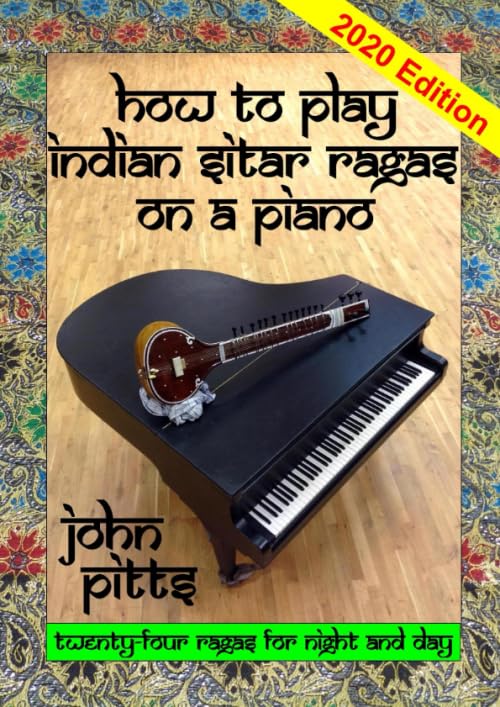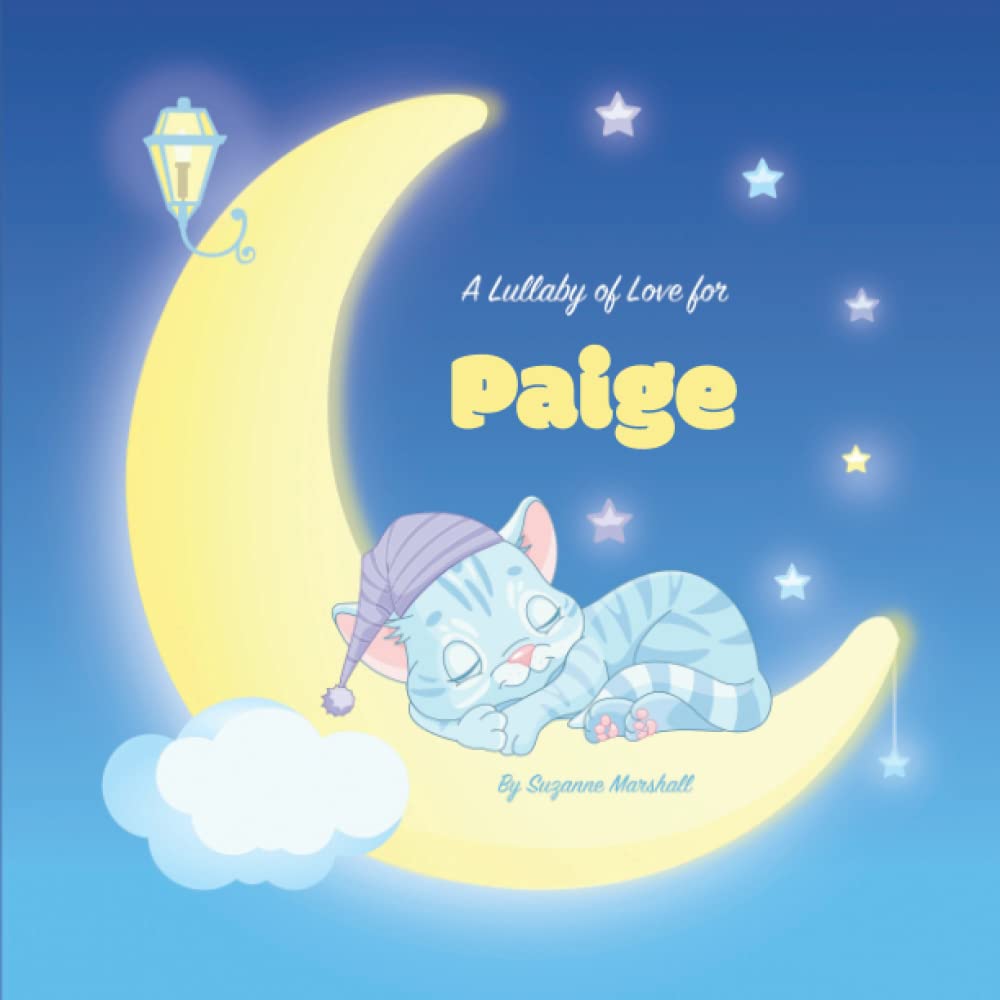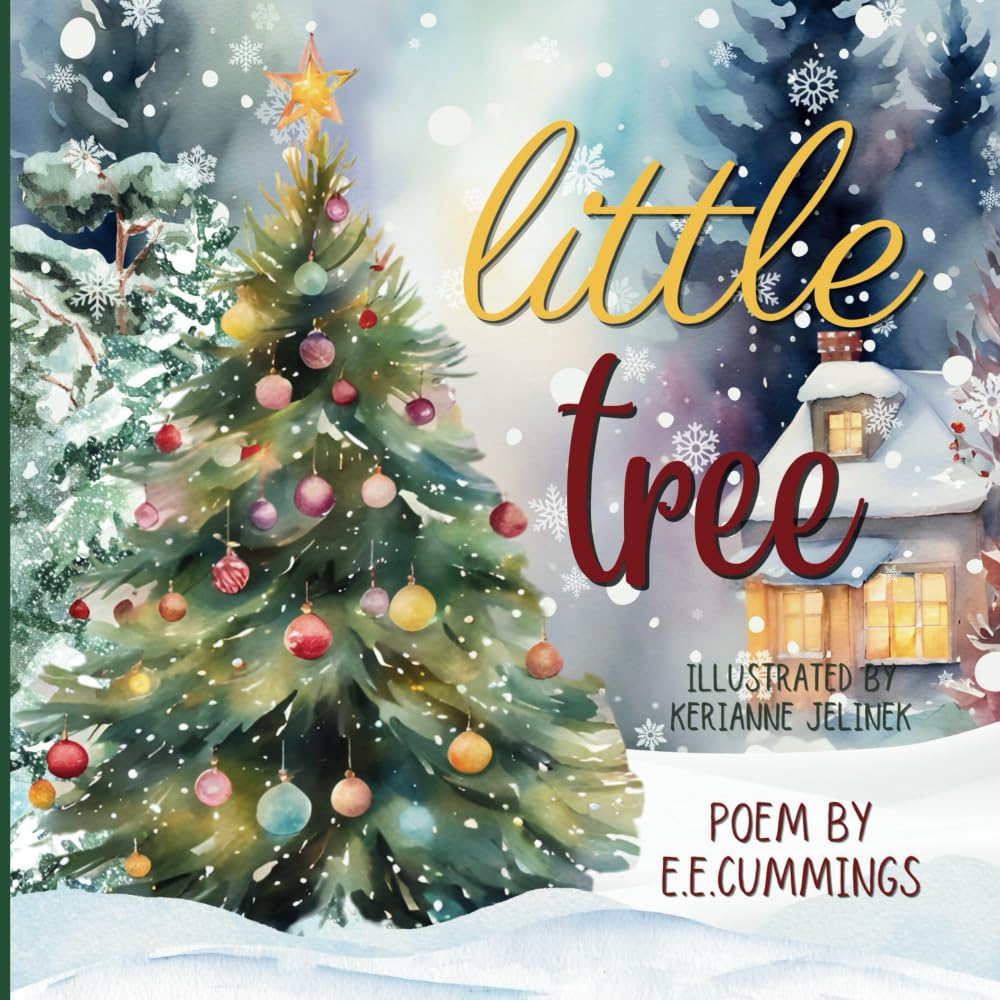2nd edition - fully revised 2020 (first published 2016). Indian rāgas (or raags) have an extraordinary musical heritage dating back several centuries (from the area that is now India, Pakistan and Bangladesh) - a truly unique musical genre of fascinating melodic beauty and rhythmic intricacy – freely combining elaborate composed melodies with carefully rehearsed improvisation.This rich and intriguing music is traditionally performed on sitar – or instruments such as the sarangi, sarod, esraj or voice – and has previously been generally unavailable to pianists. But now the amazing world of Indian rāgas has been opened up in this sympathetic but thorough reinvention for piano solo (or duet or two pianos) by an award-winning British composer.This collection of 24 rāgas will be enjoyed by good amateur pianists through to virtuosic professionals. It is suitable for any pianist who enjoys discovering new music, or who has an interest in music from other cultures, or who knows the pleasure of jazz noodling and wants to explore a rewarding and fresh (but centuries-old) form of improvisation. This book contains:•Sheet music for piano solo: a set of 24 rāgas, newly composed within a traditional rāga genre, one for each hour of night and day, sunset to sunset, encompassing a wide array of moods, and based on over twenty fascinating scales.•Step by step instructions to play each of the pre-composed and improvised sections of Indian rāgas, written for pianists who are used to playing European classical music and jazz. This includes how to develop the melodic material in the improvised ālāp (with optional joṛ and jhālā sections), and the part composed part improvised slow, medium and fast gat sections, with optional jhālā to finish.•Instructions to play any of these rāgas in a duet or at two pianos.•Hundreds of musical examples.•Accompanying audio & video examples can be accessed for free at pianoraga.comThe book has been fully revised in 2020, with improved explanations and definitions, spellings conformed to academic usage, corrected inclusion of the improvised joṛ section, inclusion of mohrā phrases in the ālāp, and a transcription of the intricate free-pulse rhythms in the first example ālāp video. Evelyn Dias, Piano Magazine, Summer 2021 "If you are curious about rāgas, composer John Pitts' method books are exactly what you need ...a great introduction to a very different genre of classical music ...well researched and rich in detail ...demystifying the Indian classical genre for western audiences and opening the door to a new way of understanding music." Murray McLachlan (Chair of the European Piano Teachers Association and Artistic Director of Chetham's International Summer School) , International Piano Magazine, Jan/Feb 2021 - review of the 2020 editions of "How to Play Indian Sitar Rāgas on a Piano" and "Indian Rāgas for Piano Made Easy" : "Studying John Pitts' innovative books could fundamentally change your perspective on music. ...Both books are fascinating and deserve wide currency." John Carpenter, WAIF Radio, and Administrator of the Advanced Piano Performer's Forum, 1 December 2020 - review of the 2020 edition: "Many of us have heard raga music played on the sitar, but how can we play it on the piano? John Pitts, a British composer and pianist, answered that question by producing a work on the subject that is both thorough and comprehensible. The author details many examples of ragas in what at first seems to be an overwhelming amount of material on the subject, 262 pages worth. There is a wealth of knowledge to acquire, from the scale patterns and their significance, to terminology and rhythmic variations. However, he details everything while adopting a conversational tone, addressing the reader who is new to this art, and helping them to avoid beginner's mistakes. John Pitts is a wonderful guide to this aural world, demonstrating his expertise through the advice that he gives the novice. For example, in one case he cautions the reader not to play the drone patterns in strict rhythm, in another, he lets the reader know to keep the damper pedal down to evoke the resonance of the sitar. In many ragas there are more rhythmical sections, moving toward a more rapid section called the "jhala." one of many terms he discusses thoroughly. As the reader continues their journey of improvement through this book, the detailed descriptions and the examples it provides, help them steadily improve their understanding of the material from one peak to the next. In his introduction Mr. Pitts describes this work as a practical book. "It is designed to allow you the pianist to jump in and explore and play and experience music within this totally different sound-world[...]" As I play through his examples, I find myself in agreement. This is not a mere transcription of someone's performance of Ragas; it is a pathway to exploration for the pianist of an ancient and venerated art form that is very differe













